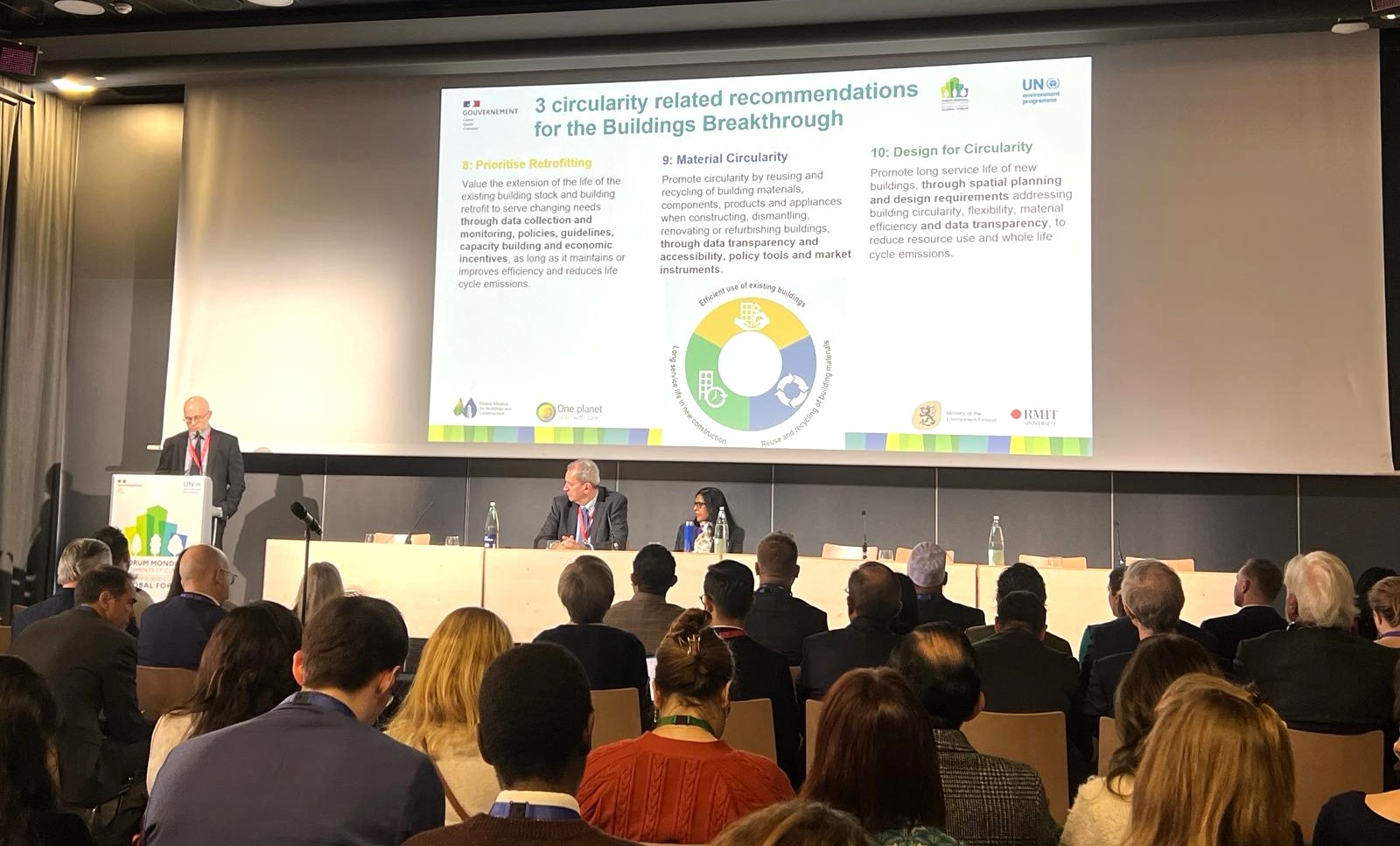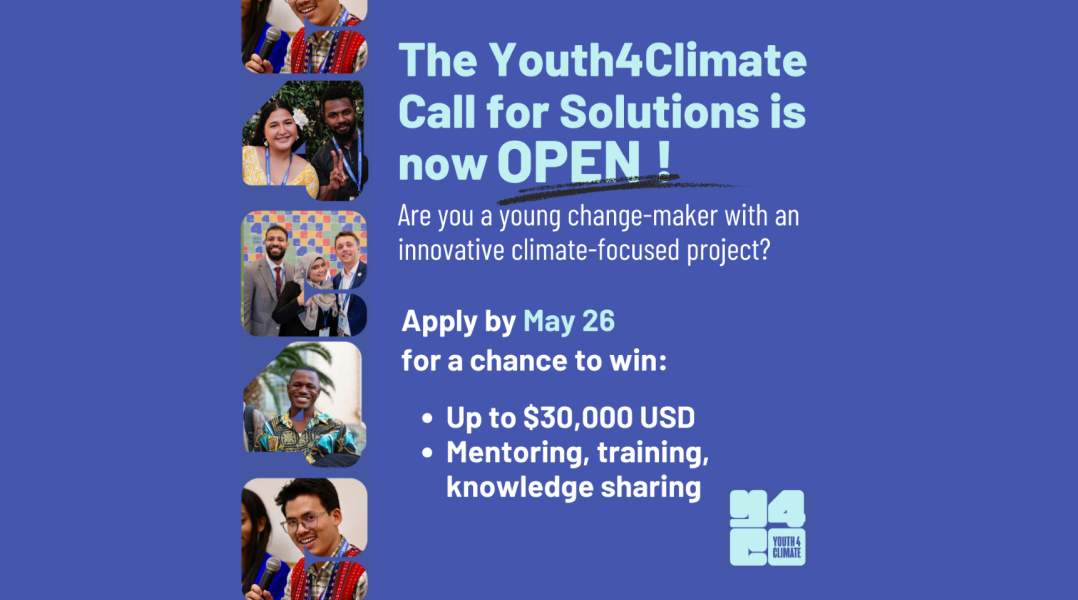Resilience of Poor and Vulnerable Against Disasters and Associated Economic Shock
This entry examines the definition of disasters and anthropocentric vulnerability in the context of the Sustainable Development Goals (SDGs). The SDGs came into effect in 2015 and represent a collaborative effort worldwide to accelerate the pace of change for sustainability. This entry commences with understanding the SDGs before examining various definitions of disasters. These are followed by an understanding of disaster as human and economic shock, and the interconnectedness between disasters and development, leading to the concept of vulnerability and the role of resilience as a key response to deal with disasters. Examples of coping mechanisms are highlighted through the case studies, followed by discussions and conclusions.
The study shows that people responded differently to the mechanisms provided (by the government) for coping with social, economic, and ecological impact as a result of the disasters. The number of people affected were different, as was the scale of the impact ofthe disasters. However, mechanisms employed in recovery actions showed that when disaster survivors are in charge oftheir own recovery efforts with assistance from relevant agencies, the medium to long outcomes were beneficial for all concerned. Bottom-up and grassroots engagement with the affected communities supporting the recovery efforts provides a better solution in the long run, compared to top-down approaches. This research is directly related to the work of the SBC programme.

